|
October is Sudden Infant Death Syndrome (SIDS) Awareness Month.
SIDS is defined as “the sudden unexpected death of an infant, under one-year of age, with onset of the fatal episode apparently occurring during sleep, that remains unexplained after a thorough investigation, including performance of a complete autopsy, and review of the circumstances of death and the clinical history.” The key features of the definition are that the infant’s death is sudden and unexpected, and following a thorough investigation is unexplained. It is a diagnosis of exclusion. Today, SIDS remains the most common cause of death in infants between the ages of 1-month and 1-year. SIDS is every parent’s worst nightmare. Research shows that the risk of an infant dying from SIDS can be reduced by following a number of Safe Infant Sleep recommendations ("reducing the risk"):
While following all the Safe Infant Sleep recommendations will not guarantee prevention of SIDS, it will reduce a baby’s risk of dying. SIDS appears to be a natural cause of death, and research suggests that abnormalities in brainstem neurotransmitters are present in many SIDS babies. I am honored to serve on the State of California’s SIDS Advisory Council as one of three SIDS parent representatives, and currently serve as the Vice Chair of the Council. The Council is legislatively mandated to advise the California Department of Public Health on matters related to SIDS. While 23 years have passed since Lauren died of SIDS during an afternoon nap at daycare, my commitment to SIDS advocacy and the impact of grief on SIDS families continues.
0 Comments
It's Scary Out There...With news of the Coronavirus (COVID-19) spreading around the world, many of us are concerned, perhaps even a little bit panicked, as the reality of a pandemic hits closer and closer to home. According to the Center for Disease Control (CDC): "The complete clinical picture with regard to COVID-19 is not fully known. Reported illnesses have ranged from very mild (including some with no reported symptoms) to severe, including illness resulting in death.... Older people and people of all ages with severe underlying health conditions — like heart disease, lung disease and diabetes, for example — seem to be at higher risk of developing serious COVID-19 illness." How to Protect Yourself...There are several simple and very effective ways to keep yourself (and others) as safe as possible from COVID-19. Stay at home when you are sick, clean frequently touched surfaces, cover your mouth when you cough or sneeze (use a tissue and throw it away), and frequently wash your hands with soap and water. For more information, please check out this link from the CDC. What Else Can We Do?From a nutrition standpoint there are also ways you can actively support your immune system during these scary times. Several nutrients are known to be integral to immune function. Vitamins C and D possess strong immune-supportive properties, while Vitamin A and Zinc are required for the development and function of immune cells. A variety of herbs and botanicals also support antibody and immune cell activity, with many displaying the ability to help lessen the severity and duration of bacterial and viral infections. Mushrooms and their active compounds also have potent immunomodulatory capacity. As a nutritionist, my recommendations for a dietary plan to support your immune system, would include an emphasis on foods with Zinc, Vitamin D, Vitamin C, and Vitamin A: Zinc Seafood (Oysters, especially), Pumpkin Seed (pepitas), Sea Veggies, Beans, Lentils, Legumes Vitamin D Salmon, Fatty Fish, Egg Yolks, Cheese (if not dairy sensitive), Mushrooms Vitamin C Oranges, Papayas, Strawberries, Kiwi, Leafy Green Veggies (e.g., Spinach, Bok Choy, Kale), Broccoli, Bell Peppers Vitamin A Eggs, Cod Liver Oil, Orange & Yellow Fruits & Veggies, Broccoli, Spinach, and most Dark Green Leafy Veggies Other important recommendations for boosting our immune system include reducing dietary sugar and alcohol intake, while also working to improve sleep, manage stress, and maintain balanced physical activity (in other words, don't overdo it) during times of immune challenge. A Little Extra HelpIf you struggle to take in all the nutrients you need from your diet, or if you want a little extra boost, below are a few of the Designs for Health products I generally recommend for immune support: Please reach out to me if you would like to talk in more detail.
Reflections, edited from my Facebook posting of February 20, 2020 @ 8:04 pm This isn’t a sad post, I promise. More wistful.... Tonight, my husband is at an event in Oakland and, of course, both kids are away at school. I’ve taken care of a few things, made myself dinner, fed the dogs, taken out the garbage, read a bit of my book... I went upstairs - and turned on the lights and looked into each kid’s room. We re-built this 1963 tiny little house when our youngest was a newborn. We thought about moving to a larger home, but we loved this lot and our neighborhood and, at least for me, I didn’t want to leave where Lauren had lived. So we remodeled, from the fall of 2001 to the spring of 2002. We made space for a growing family, including adding a second story. So, as I walked into the kids’ rooms this evening, I experience an echo of myself walking into their rooms in 2002 - when everything was brand new, from the staircase to the carpet to the walls, literally the walls - when they were oh-so young (and we were much younger too). I reflected on all the years in between and it felt to me like this beautiful symphony of our lives playing out in my imagination - crescendos and diminuendos, allegro and adagio - moments of joy, sadness, happiness, frustration, excitement, boredom, wonder, tears, worry, and, always, love. The symphony isn’t over, for sure, and I promised this wouldn’t be sad, so I will assure you I am smiling and appreciating this beautiful music.
As Thanksgiving weekend comes to a close, I decided to make a Sunday morning Sausage & Egg Bake for the family, while getting myself back on track with keto/low carb after several holiday carb-heavy meals this past week (I can't resist stuffing and mashed potatoes once a year!). Ingredients
Putting it Together
Pre-heat oven to 375. In a large skillet, I melted the pat of butter and added the sliced and diced veggies. (Again, I used onion, zucchini and celery - your choices may vary - bell peppers, regular onion, mushrooms would also work well.) After sauteing the veggies for several minutes, I added the sausage and cooked until done and in small, crumbly pieces. I then poured the veggies and sausage into a baking dish and added a light layer of Parmesan cheese to the top. In a separate bowl, I mixed the eggs, heavy whipping cream and salt and pepper into a scrambled egg mixture. I then poured the egg mixture over the sausage/veggies in the baking dish, being sure to evenly cover the entire contents with egg mixture. I then covered everything with several handfuls of shredded mozzarella. I baked for about 20 minutes (but ovens vary - check to make sure top is lightly browned and egg mixture thoroughly cooked). Delicious by itself, but also good topped with a dollop of guacamole and salsa. Enjoy! Bacon and broccoli for breakfast? Sure, why not! Sometimes with a low carb or keto lifestyle, breakfast choices can begin to feel a little routine. But it doesn't have to be that way - the options are almost limitless. Today, I took two slices of bacon and cut them into about 1/4 inch pieces and set them to sizzling in the pan. When the bacon was about half-way cooked (or a little more than half-way), I added a handful of sliced broccolini. I cooked the bacon and broccoli together until the broccoli was cooked just the way I like it (with a bit of crunch left) and then topped the dish with a sprinkle of lemon pepper. Yummy! The sprinkle of lemon pepper happened to sound good to me this morning. But other alternatives (for breakfast or other meals) could include Parmesan or nutritional yeast (if dairy sensitive), fresh lemon or lime juice, fresh ground pepper, coconut aminos, or no sprinkle at all! You can also switch up the protein and vegetable sources. For alternative proteins, think eggs, sausage, ham, or tofu (with eggs or tofu, you may want to add a little extra fat to the pan - perhaps butter or olive oil). Alternative low carb veggies include cauliflower, spinach, zucchini, asparagus, or cabbage. Again, the options and combinations are almost limitless. I would love to hear your out-of-the-box low carb breakfast idea I’ve had asthma since I was a very young child and there is no greater truth than when you can’t catch your breath, nothing else matters. So what is asthma and how can we counter its impact? Asthma is an allergic disorder characterized by spasms of the bronchial tubes (airways), swelling of the mucous lining in the lungs, and excess mucus production. It’s quite a serious respiratory disease and can cause death. And, it’s scary. Especially when you're a child. My worst asthma attack happened in the early 1980’s when I was about 15 years old at a family reunion on a ranch in the foothills of California. A combination of grasses and dust and who knows what else, had me in the back of our family’s Komfort trailer, struggling for breath for what felt like an eternity. Without any asthma medicine nearby. Each inhale took Herculean effort, and I didn’t know how long I would have the strength to continue. To make things worse, asthmatics know that panic or tears will only make the response worse, so we try very hard to stay calm and focus only on each breath, one at a time. I made it through that day and many other episodes. But, I don't go far without a rescue inhaler at hand.
Today, asthma rates continue to be problematic in the United States, especially among children. In the United States, almost 1 in 10 people have asthma and it was responsible for nearly 4,000 deaths in 2015. Asthma is most common in children under the age of 10, with a 2:1 male to female ratio, which equalizes by age 30. Why is this happening? Well, asthma is a “complex interaction” of environmental and genetic factors, the biggest risk factor is a history of allergies, such as eczema and hay fever. Asthmatics have a tendency to form higher levels of leukotrienes, which are responsible for producing allergic reaction and stimulating bronchial constriction. If the adrenal glands are not producing sufficient levels of cortisol and epinephrine, the stage is set for bronchial constriction. Perhaps it’s our compromised immune system? Today, more and more people are experiencing bigger stressors on their immune systems, from a wide range of sources, including pollution in our air, water and foods, food additives, and genetic manipulation of plants leading to greater allergenic tendencies. Another possible trigger for asthma is the use of antibiotics before the first birthday. A study at the University of British Columbia concluded that infants prescribed antibiotics before their first birthday were more than twice as likely to develop asthma. Multiple courses of antibiotics increased the likelihood 16% for every course of antibiotics. Antibiotics can also contribute to a state of “excess hygiene” which leads to an oversensitive immune system triggering “over the top reactions” to pollen and dust mites. In this case, probiotics may be very helpful, lowering the risk of atopic allergic diseases like asthma and eczema. Another interesting theory is that children with asthma may have a metabolic defect in tryptophan metabolism and reduced serotonin transport. This may be related to Vitamin B6 (pyridoxine) levels and dramatic improvements can be seen with supplementation. Interestingly, common asthma medication can depress prydixoal-5-phosphate levels. In addition, for children, allergic reactions to grains and milk usually show themselves in childhood, just at the time when we are fed the most of these products. Allergy symptoms include earaches, stomachaches, constipation, and asthma, but are often ignored or misdiagnosed. The body then increases endorphin activity around those certain foods to comfort us from this chronic irritation. And guess what, that very same comforting mechanism is why we may find those very same foods utterly irresistible. Another interesting note -- a high sugar diet can cause asthma (which may be yet another reason for asthma’s increasing numbers). Eating too many processed carbs and sugars can cause insulin levels to rise too high, which leads to formation of hormones known as eicosanoids. These eicosanoids function as mediators for relaxing or contracting of various smooth muscle groups, in addition to being involved with immune system responses. If insulin levels are too high, this eicosanoid balance is disrupted, the bronchial smooth muscles contract, the immune response is exaggerated, and the result is asthma. Another important point to consider is the “Respiratory Quotient” (RQ). RQ represents the amount of energy expended by the lungs to rid the body of carbon dioxide generated by metabolism of certain foods. The higher the RQ, the harder the lungs work. In this equation, carbs = 1, fats = .7 and proteins = .9. So, when dealing with asthma, the lungs work harder when processing carbs. What to Avoid…
What to Consider…
COMMON SIGNS AND SYMPTOMS
Other symptoms of allergies...
© Jvezzani | Dreamstime.com - Crisp organic green lacinato kale
Kale. The darling of the vegetable world these past few years. And for good reason. As a dark green leafy cruciferous vegetable, kale supports your body's natural detoxification process. And, as a great source of magnesium, potassium, calcium and chlorophyll - all of which help signal our parasympathetic nervous system - kale also helps create a calmer, more relaxed you.
My favorite kale is lacinato or "dinosaur" kale (pictured above). I love the flavor and texture and it is delicious cooked or raw. It's always easy to add a handful of kale into your protein shake or salad, or to sautee quickly with some olive oil and garlic, but I thought you may enjoy a few more recipes. Hope you love adding kale to your day as much as I do! Simple Raw Kale Salad
Kale Krisps
Add Kale to Soup
Adding a little kale into your life doesn't have to be boring or tasteless - it can be delicious, satisfying AND help re-direct you from other choices which challenge you. Enjoy!
Lorie Kicking off your longer term weight or health goals with a 14 Day Detox is a great place to start. Two weeks of eliminating highly allergenic and sometimes toxic foods (along with nutrient support for detoxification processes), can reduce cravings, decrease brain fog, increase energy, and imbue you with enough optimism to keep at it for longer term goals. One of my favorite strategies while detoxing (or anytime really), is to have vegetable soup always at the ready. For me, it's a great afternoon lift - it tastes great, is bursting with nutrients, and it doesn't rev up my afternoon cravings for sugar or salty snacks. Here's the recipe I made yesterday - you can adjust to suit your tastes, including any non-starchy vegetables you choose. Detox Vegetable Soup
Whether we're business owners, entrepreneurs, busy professionals, or simply trying to make a living in this crazy busy world, one thing is almost assured - we're overwhelmed and tired much of the time. Whether our world is booming or busting, self-care is often the first thing to go "out the window" when the pressure is on.
This type of go-go-go lifestyle can only be sustained for so long before something has to give. And here are a few symptoms that things are "giving":
Let's look at each of them, shall we? Sleep
Stress
Food HabitsDo you find yourself:
So.... What if?None of the examples I’ve given on sleep, stress and food habits are unusual. They are all taken directly from clients or my own experiences. So, what would change look like?
A few quick tips
If you'd like to explore how you can create positive changes in your life with the support to make it happen, shoot me an email and we'll talk! Lorie I share this in honor of my friends whose daughter Keira would be turning 4 this February. I've read these words at SIDS memorials and conferences and although I believe the author is unknown, the words always resonate so deeply with me. The images are mine - from the neighborhood we share with Keira's parents.
|
Lorie Gehrke, NCIt's all about our journeys... Here's where you'll hear from me on any number of topics, from nutrition and recipes, to grief and infant/child loss, to parenting and empty nesting, to poetry, dogs, and photos, and all things in between! Archives
October 2020
Categories |


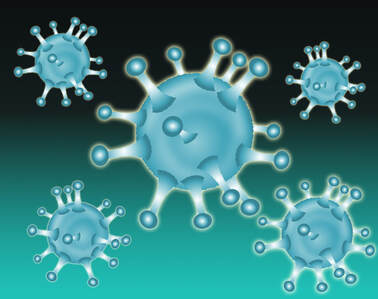
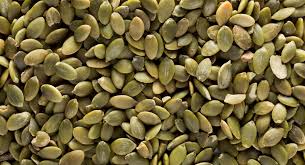

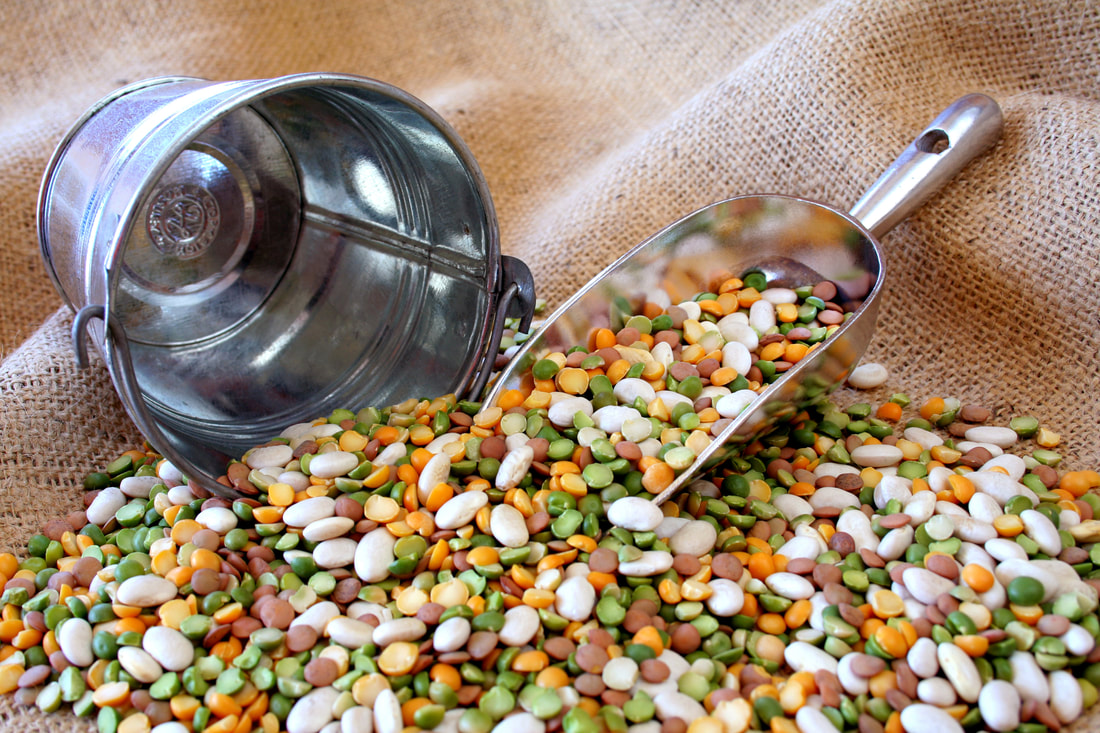
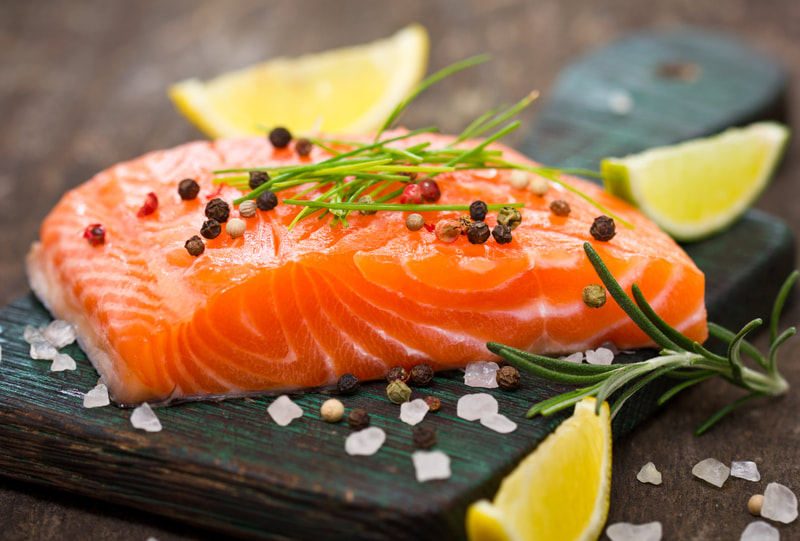

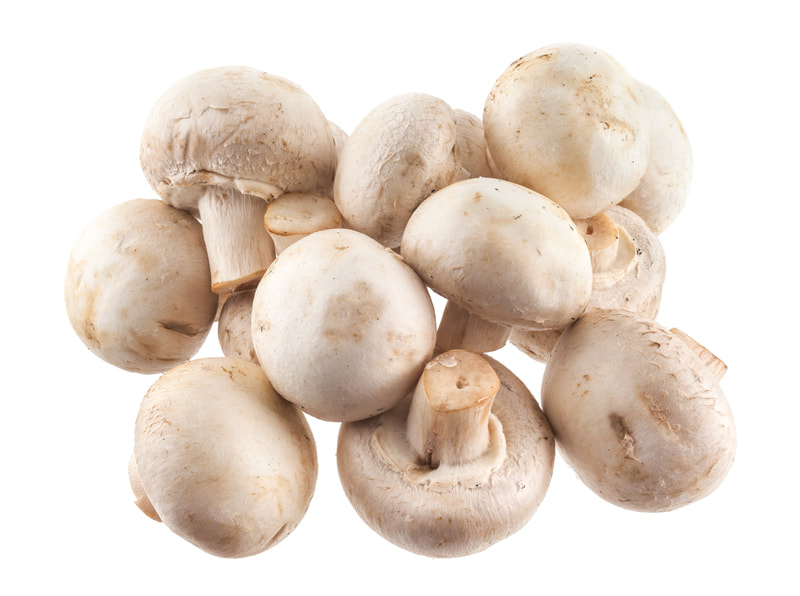
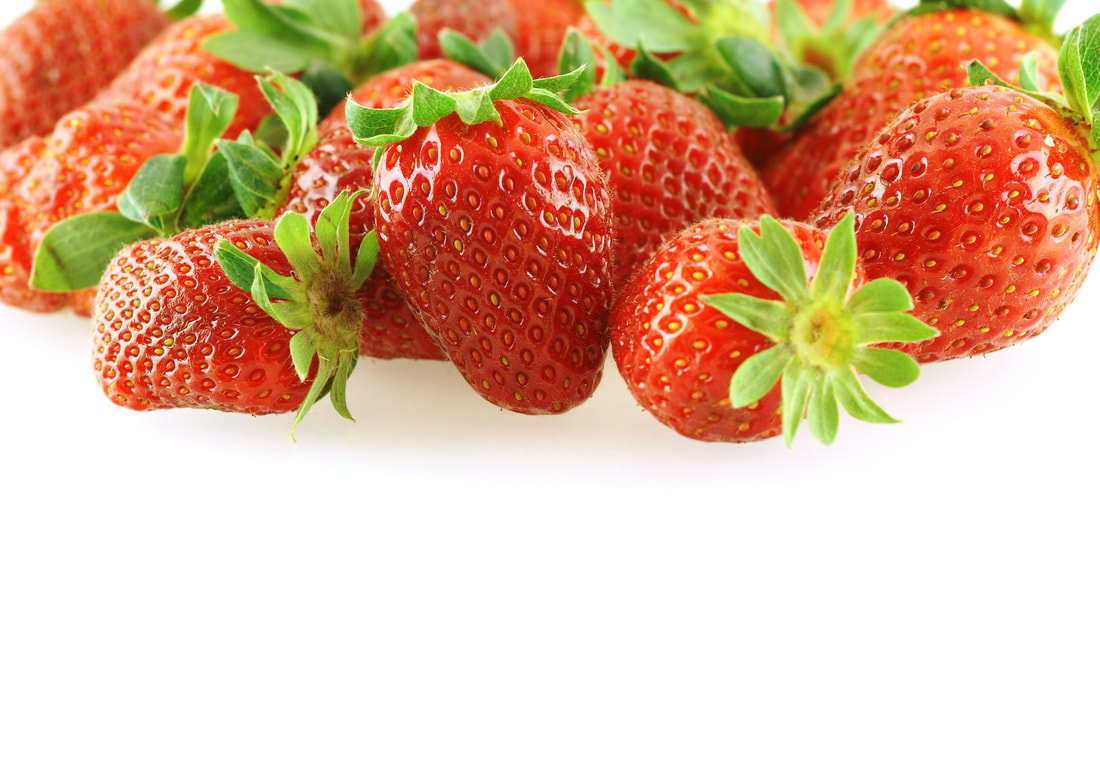
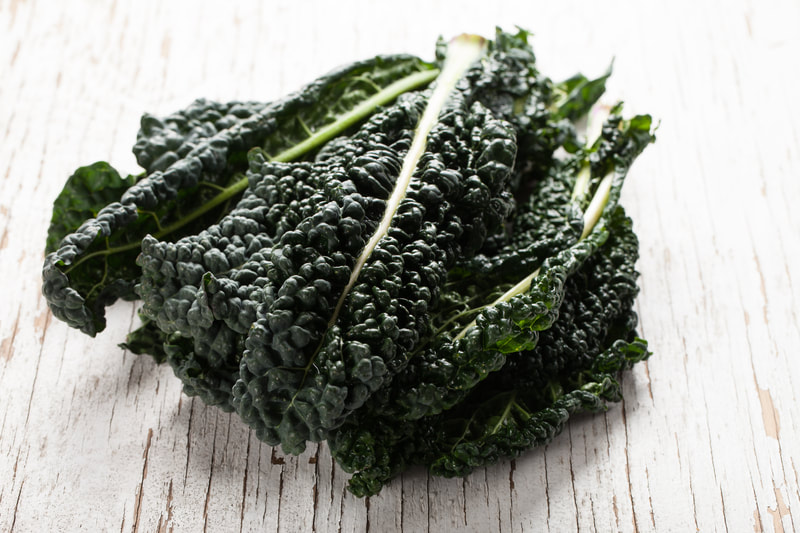

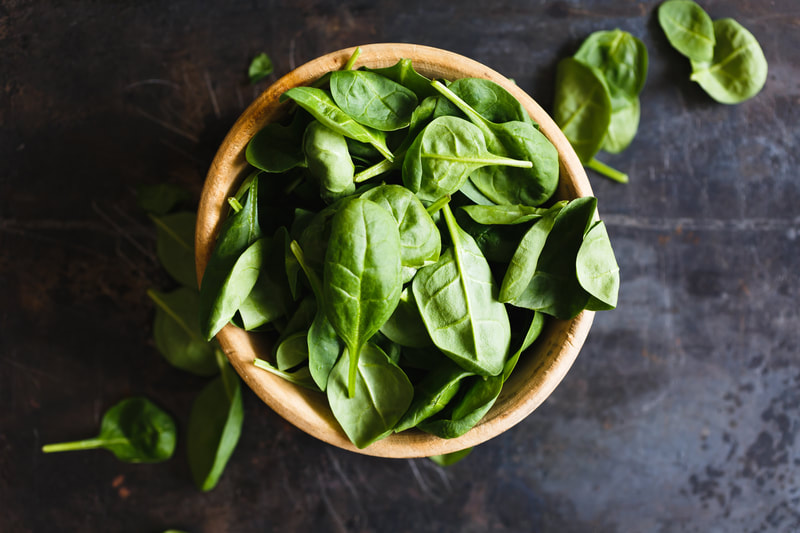
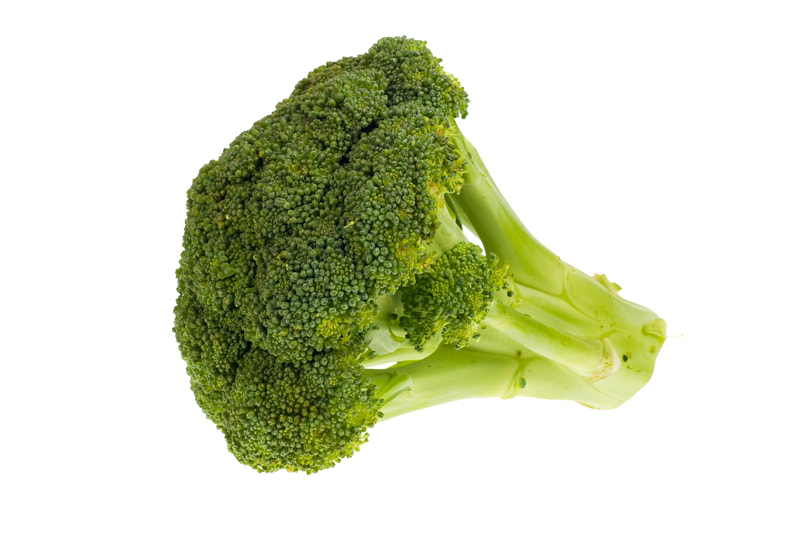
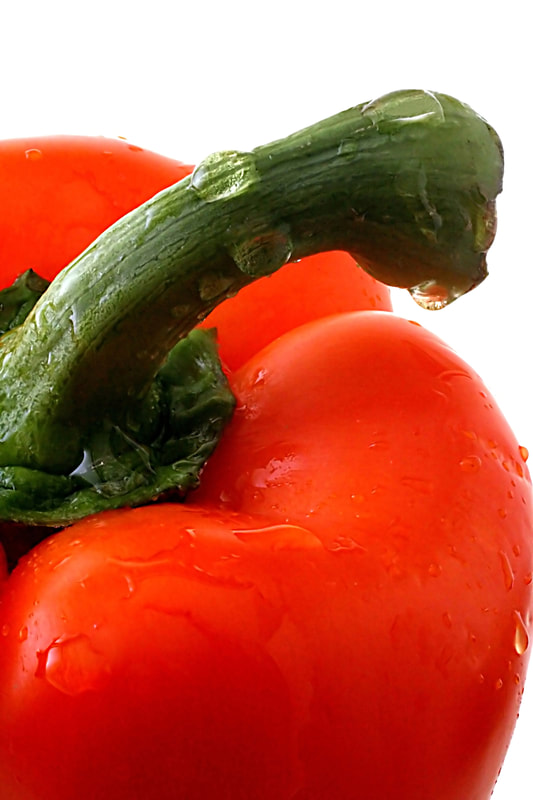

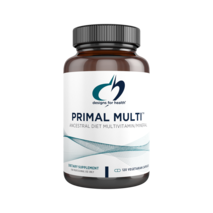
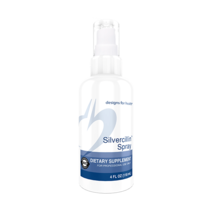
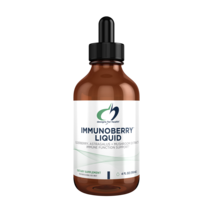
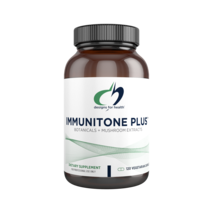





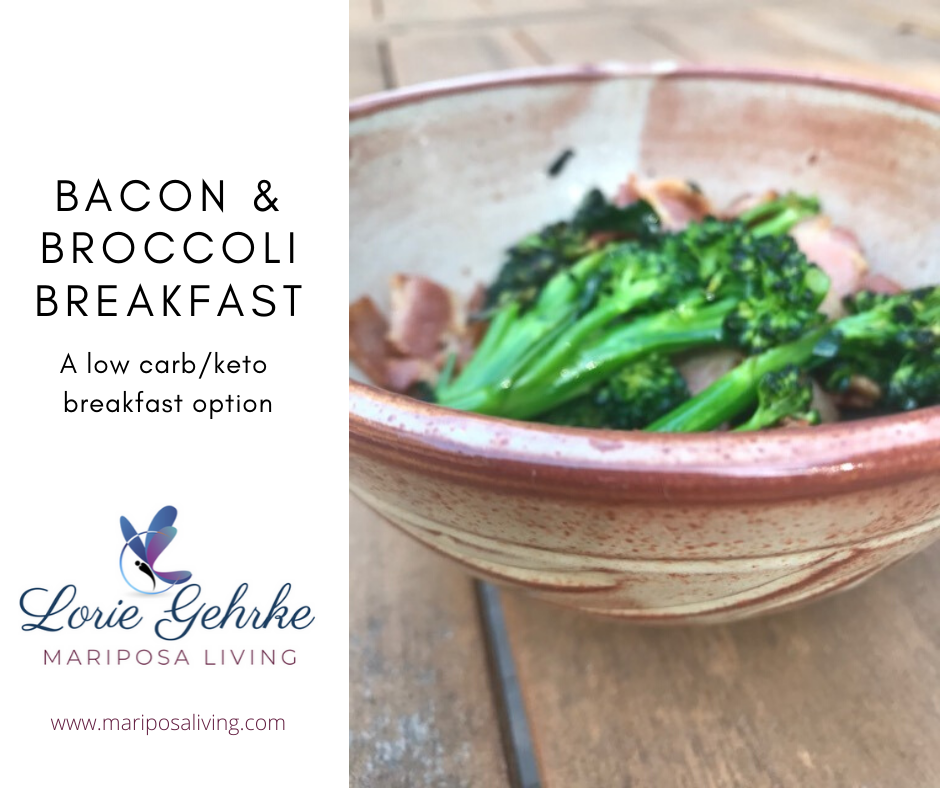
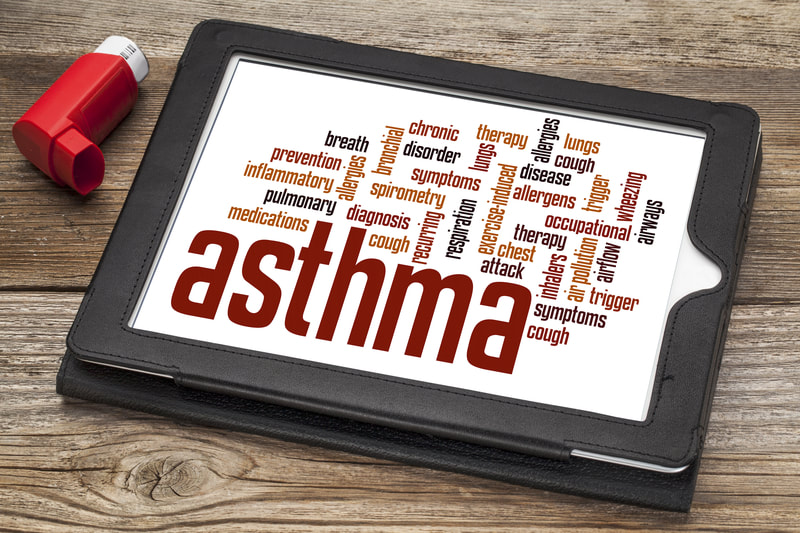
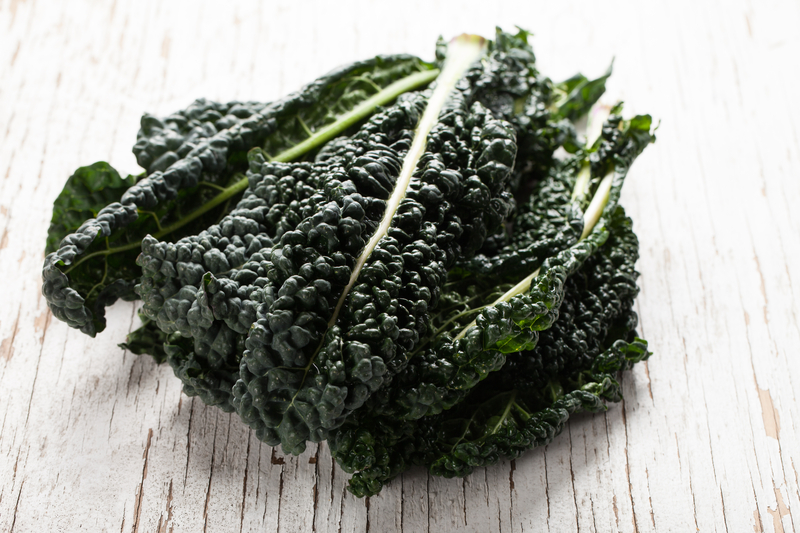
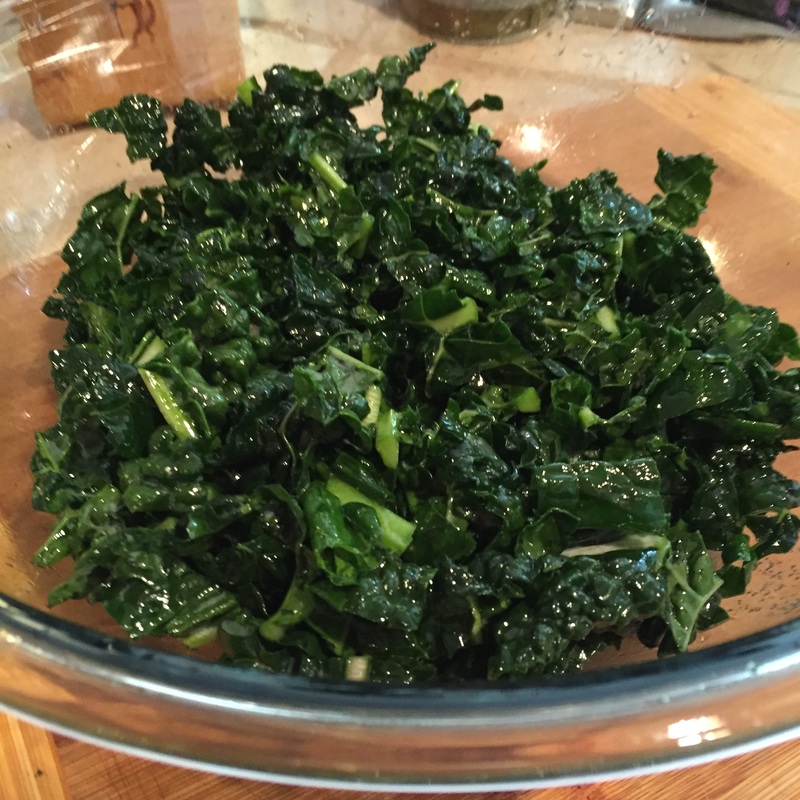
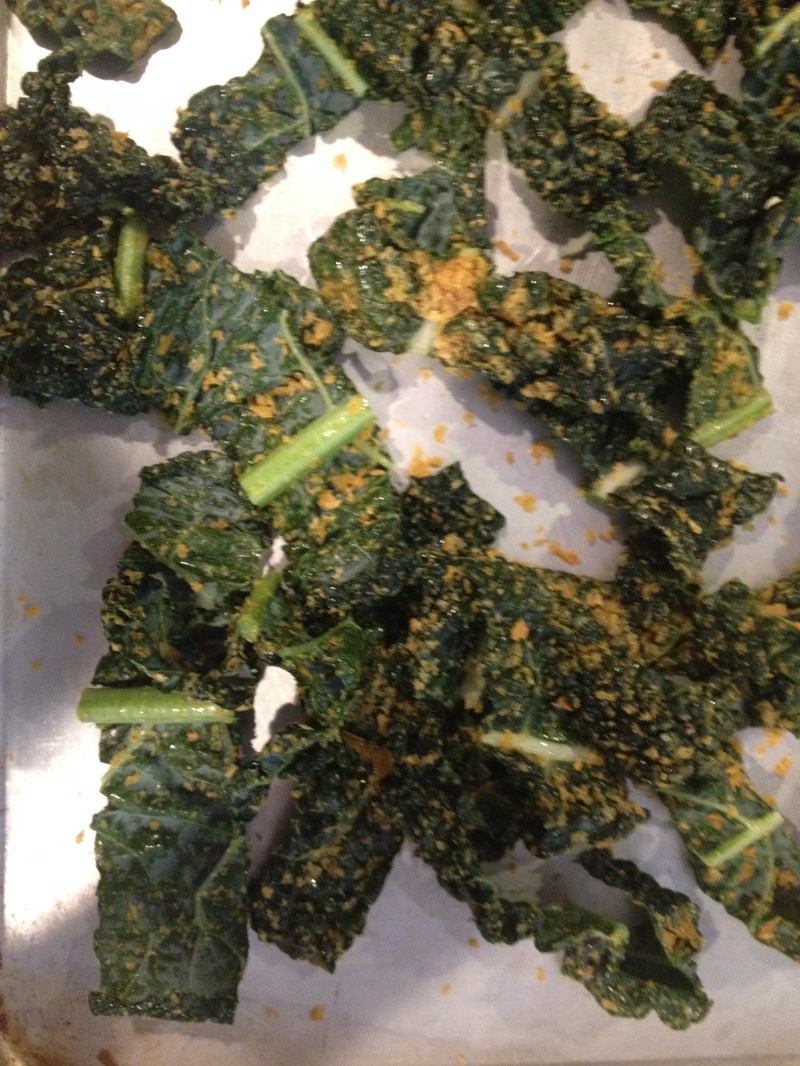
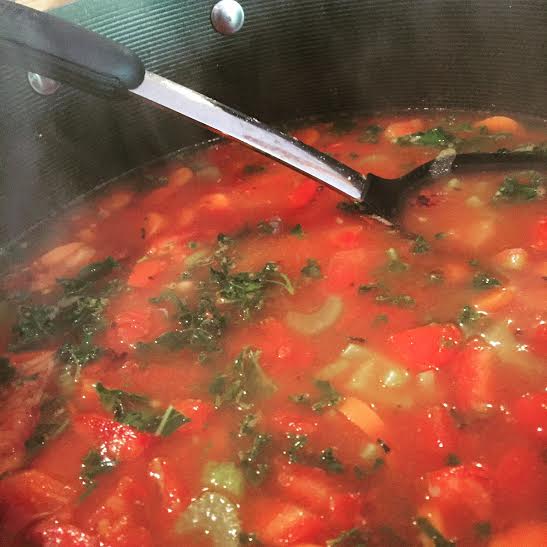

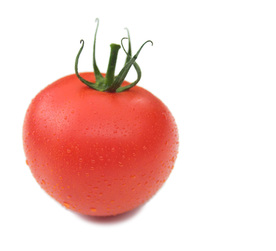
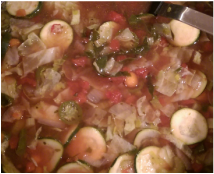


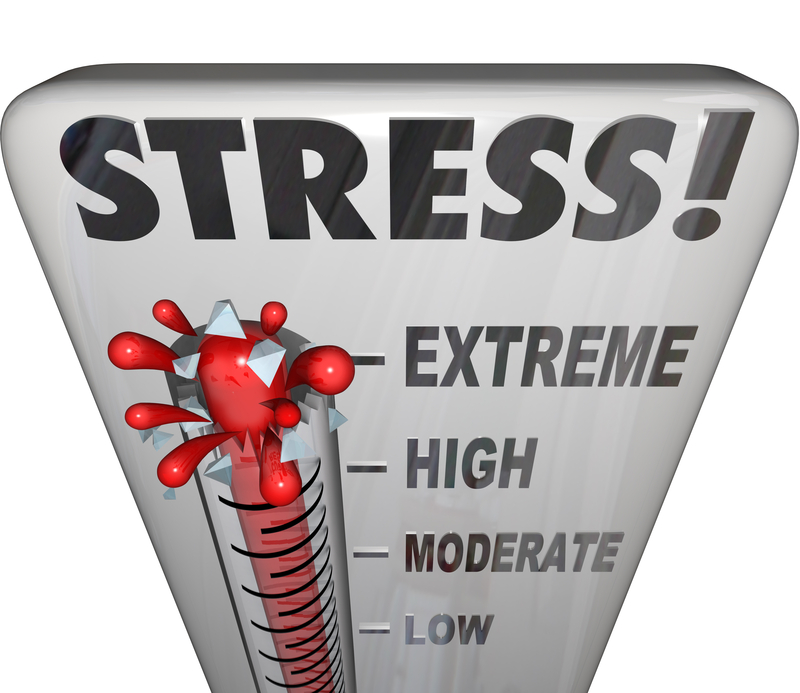


 RSS Feed
RSS Feed
